Home>Furniture & Design>Interior Design Trends>How To Glue Metal To Glass
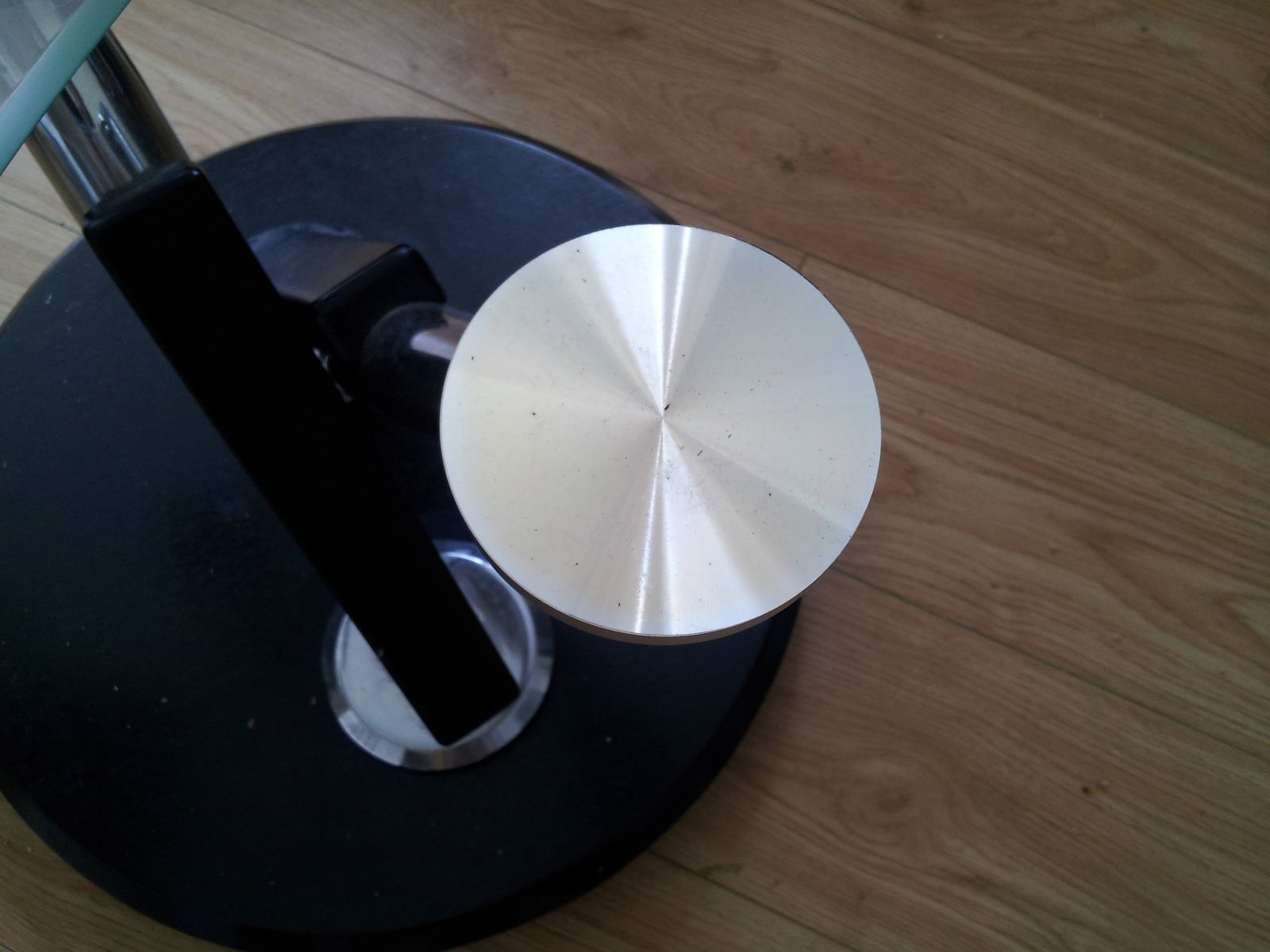

Interior Design Trends
How To Glue Metal To Glass
Published: February 5, 2024
Discover the latest interior design trends with our guide on how to glue metal to glass. Explore innovative techniques and create stunning decor.
(Many of the links in this article redirect to a specific reviewed product. Your purchase of these products through affiliate links helps to generate commission for Storables.com, at no extra cost. Learn more)
Introduction
When it comes to interior design, the ability to seamlessly blend different materials such as metal and glass can elevate the aesthetic appeal of any space. Whether you are a design enthusiast or a professional interior decorator, the art of fusing metal to glass opens up a world of creative possibilities. From accentuating modern minimalism to adding a touch of industrial chic, the fusion of these materials can breathe life into any design concept.
In this comprehensive guide, we will delve into the intricate process of bonding metal to glass, exploring the nuances of material compatibility, adhesive selection, surface preparation, application techniques, and finishing touches. By understanding the interplay between metal and glass, as well as the adhesive that binds them, you will gain the knowledge and confidence to embark on your own design projects with finesse and precision.
Join us on this journey as we unravel the secrets of achieving a seamless and durable bond between metal and glass, unlocking the potential to transform ordinary spaces into extraordinary works of art.
Key Takeaways:
- Elevate your interior design by seamlessly bonding metal to glass, creating a captivating fusion of materials that adds modern minimalism or industrial chic to any space.
- Select the right adhesive, prepare surfaces meticulously, apply with precision, and finish thoughtfully to achieve a durable and visually appealing bond between metal and glass.
Read more: How To Glue Glass To Glass Permanently
Understanding the Materials
Before embarking on the process of bonding metal to glass, it is crucial to grasp the fundamental characteristics of these materials. Understanding their properties and behavior is essential for achieving a successful and enduring bond.
Properties of Metal
Metal, known for its strength and versatility, comes in various forms such as steel, aluminum, copper, and brass. Each type of metal possesses distinct properties, including hardness, conductivity, and corrosion resistance. Additionally, metals can have different surface finishes, ranging from polished to matte, which can impact the adhesion process.
Properties of Glass
Glass, revered for its transparency and sleek appearance, is a delicate material that demands careful handling. Its smooth and non-porous surface presents a unique challenge for adhesion. Understanding the composition of glass, whether it is soda-lime glass or borosilicate glass, is crucial for selecting the appropriate adhesive.
Compatibility of Metal and Glass
When bonding metal to glass, it is imperative to consider the compatibility of the two materials. Factors such as thermal expansion coefficients and surface energy play a pivotal role in determining the long-term durability of the bond. Incompatibility between the metal and glass can lead to adhesive failure, compromising the structural integrity of the assembly.
Read more: How To Glue Broken Glass
Environmental Considerations
The environment in which the bonded metal and glass will be placed is a critical factor to consider. Exposure to moisture, temperature variations, and UV radiation can impact the performance of the adhesive. Therefore, selecting an adhesive with the appropriate resistance to environmental factors is essential for ensuring the longevity of the bond.
By comprehensively understanding the properties of metal and glass, as well as their compatibility and environmental considerations, you can lay a solid foundation for the successful bonding of these materials. This knowledge will guide you in selecting the right adhesive and executing the subsequent steps with precision and confidence.
Choosing the Right Adhesive
Selecting the right adhesive is a critical step in ensuring a strong and durable bond between metal and glass. The adhesive serves as the vital link that unites these disparate materials, and its properties directly influence the longevity and reliability of the bond. When choosing an adhesive for bonding metal to glass, several factors must be carefully considered to achieve optimal results.
Consider Material Compatibility
The first consideration when selecting an adhesive is ensuring compatibility with both the metal and glass surfaces. Certain adhesives are specifically formulated to bond with different types of metals, such as steel, aluminum, or copper. Similarly, the adhesive must be compatible with the specific composition of the glass, whether it is soda-lime glass or borosilicate glass. Understanding the chemical interactions between the adhesive and the materials is crucial for achieving a strong and lasting bond.
Evaluate Strength and Flexibility
The adhesive chosen for bonding metal to glass should possess the necessary strength to withstand the structural demands placed upon the assembly. Additionally, considering the flexibility of the adhesive is essential, especially if the bonded materials are subjected to vibrations or thermal expansion. A flexible adhesive can accommodate the natural movements of the metal and glass, reducing the risk of stress-induced failure.
Read more: How To Glue Glass To Wood
Assess Environmental Resistance
Environmental factors such as moisture, temperature variations, and UV exposure can significantly impact the performance of the adhesive. It is imperative to select an adhesive that exhibits high resistance to these environmental stressors. For applications exposed to outdoor or high-humidity environments, choosing an adhesive with superior weather resistance is paramount for ensuring the longevity of the bond.
Opt for Transparent Adhesives
In many design applications, maintaining the aesthetic appeal of the metal and glass assembly is crucial. Transparent adhesives, specifically formulated for bonding glass, offer a seamless and inconspicuous bond line, preserving the visual integrity of the materials. This is particularly important for design elements where the adhesive bond is visible, as it ensures a clean and professional finish.
Seek Expert Recommendations
Given the myriad of adhesive options available, seeking recommendations from adhesive manufacturers or industry experts can provide valuable insights. Manufacturers often provide technical data and application guidelines for their adhesives, aiding in the selection process. Additionally, consulting with professionals who have experience in bonding metal to glass can offer practical advice based on real-world applications.
By carefully considering material compatibility, strength, flexibility, environmental resistance, and transparency, you can confidently select the right adhesive for bonding metal to glass. This thoughtful approach ensures that the adhesive not only creates a strong and enduring bond but also complements the aesthetic and functional requirements of your design project.
Preparing the Surfaces
The process of preparing the surfaces for bonding metal to glass is a critical precursor to achieving a strong and enduring bond. Proper surface preparation is essential for maximizing the adhesion potential of the materials and the adhesive. By meticulously cleaning and treating the metal and glass surfaces, you can create an optimal environment for the adhesive to form a robust and long-lasting bond.
Read more: How To Glue Paper To Glass
Cleaning the Metal Surface
Before applying the adhesive, it is imperative to thoroughly clean the metal surface to remove any contaminants that could hinder adhesion. Begin by using a mild detergent or solvent to remove dirt, grease, and oil from the metal. Ensure that the cleaning agent is compatible with the specific type of metal to prevent any adverse reactions. After cleaning, rinse the metal surface with clean water and allow it to dry completely. Any residual moisture or cleaning agents can compromise the adhesion, so it is crucial to ensure a completely dry surface before proceeding.
Preparing the Glass Surface
Similarly, the glass surface must undergo meticulous cleaning to eliminate any impurities that could impede adhesion. Use a glass cleaner or a solution of water and vinegar to thoroughly clean the glass surface, removing any dust, fingerprints, or residues. Pay close attention to the edges and corners of the glass, as these areas are prone to accumulating debris. After cleaning, rinse the glass surface with clean water and dry it using a lint-free cloth to prevent lint or fibers from contaminating the surface.
Abrading the Surfaces
In some cases, especially with smooth or non-porous surfaces, such as polished metal or pristine glass, it may be necessary to lightly abrade the surfaces to promote adhesion. This can be achieved using fine-grit sandpaper or abrasive pads to create a slightly roughened texture on the surfaces. The goal is not to alter the appearance of the materials significantly but to provide a microscopically rough surface that enhances the mechanical interlocking of the adhesive.
Applying Surface Treatment
In certain applications, applying a surface treatment or primer to the metal and glass surfaces can further enhance adhesion. Primers are specifically formulated to promote bonding between the substrate and the adhesive, creating an additional layer of chemical adhesion. Selecting the appropriate primer based on the specific metal and glass compositions is crucial for optimizing the bonding strength and durability.
By meticulously cleaning, abrading if necessary, and potentially applying surface treatment or primer, you can create an ideal foundation for bonding metal to glass. The effort invested in preparing the surfaces sets the stage for a successful adhesive bond, ensuring that the materials are primed for a seamless and enduring union.
Read more: What Glue Works On Glass
Applying the Adhesive
Once the surfaces of the metal and glass have been meticulously prepared, the next crucial step is the precise application of the adhesive. The application process plays a pivotal role in determining the strength, integrity, and visual appeal of the bond between the metal and glass. By following best practices and employing precision during the adhesive application, you can ensure a seamless and durable union between these materials.
Adhesive Dispensing
Selecting the appropriate method for dispensing the adhesive is essential for achieving uniform coverage and minimizing air entrapment. Depending on the viscosity and formulation of the adhesive, options such as syringes, cartridges, or automated dispensing equipment can be utilized. Carefully follow the manufacturer's guidelines for the recommended dispensing technique to ensure consistent and controlled application.
Bond Line Control
Maintaining a uniform bond line thickness is critical for achieving a visually appealing and structurally sound bond. The bond line thickness, which refers to the gap between the metal and glass surfaces filled with adhesive, directly impacts the overall strength and aesthetics of the assembly. Employing precision tools such as spacer beads or calibrated dispensing nozzles can help achieve the desired bond line thickness, ensuring a professional finish and optimal adhesive performance.
Assembly Alignment
Ensuring proper alignment and fitment of the metal and glass components is essential before the adhesive is applied. Carefully position the components to achieve the desired orientation and contact between the surfaces. This step is crucial, as any misalignment can lead to stress concentrations within the bond line, potentially compromising the long-term integrity of the assembly. Employing jigs, fixtures, or alignment aids can aid in achieving precise assembly alignment.
Read more: Which Glue Is Best For Glass?
Adhesive Application Techniques
The method of applying the adhesive can significantly impact the quality of the bond. Techniques such as bead application, spray application, or robotic dispensing may be employed based on the specific requirements of the design and the adhesive properties. Carefully follow the recommended application technique provided by the adhesive manufacturer to ensure proper coverage and adhesion.
Minimizing Air Entrapment
During the adhesive application, efforts should be made to minimize the entrapment of air within the bond line. Air pockets or voids can compromise the integrity of the bond and lead to potential failure over time. Employing techniques such as vacuum-assisted dispensing, controlled flow rates, and proper tooling can help minimize air entrapment, ensuring a solid and reliable bond.
By meticulously adhering to best practices during the adhesive application process, you can lay the foundation for a strong, visually appealing, and enduring bond between the metal and glass. The precision and care invested in this crucial step contribute to the overall quality and longevity of the assembly, ensuring that the bonded materials seamlessly integrate into the design with structural integrity and aesthetic finesse.
Curing and Finishing
After the adhesive has been meticulously applied to bond the metal to glass, the curing and finishing phase is essential to solidify the bond and refine the visual presentation of the assembly. This critical stage ensures that the bonded materials achieve their maximum strength and that the overall aesthetic integrity of the design is upheld.
Curing Process
The curing process is a vital step in allowing the adhesive to reach its full strength and durability. Depending on the type of adhesive used, curing may involve exposure to air, heat, or UV light. It is imperative to adhere to the manufacturer's recommended curing conditions, including temperature, humidity, and duration, to ensure optimal bond strength. Proper curing is essential for achieving the desired mechanical and chemical properties of the adhesive, ultimately contributing to the long-term stability of the bond.
Read more: Which Glue Is Best For Glass
Mechanical Support
During the curing phase, providing mechanical support to the bonded assembly is crucial for maintaining alignment and preventing any movement that could compromise the bond. Utilizing clamps, fixtures, or supports to secure the components in place during curing minimizes the risk of stress-induced failure and ensures that the bond line remains undisturbed. This mechanical reinforcement contributes to the overall stability and integrity of the bond as the adhesive cures to its full strength.
Surface Finishing
Once the adhesive has fully cured, attention can be directed towards refining the visual presentation of the bonded metal and glass assembly. Depending on the design requirements, surface finishing techniques such as polishing, buffing, or coating may be employed to enhance the appearance of the materials. Careful consideration should be given to preserving the transparency and luster of the glass while accentuating the visual appeal of the metal. The goal is to achieve a seamless and aesthetically pleasing integration of the bonded materials within the overall design concept.
Quality Inspection
After the curing and finishing processes are complete, a thorough quality inspection should be conducted to ensure that the bond meets the desired standards of strength and visual appeal. This inspection may involve assessing the bond line for uniformity, conducting adhesion tests, and verifying the alignment and fitment of the components. Any imperfections or inconsistencies should be addressed promptly to uphold the quality and reliability of the bonded assembly.
By meticulously managing the curing process, providing mechanical support, refining the surface finish, and conducting a comprehensive quality inspection, the bond between the metal and glass is fortified and visually enhanced. This meticulous approach ensures that the bonded assembly not only meets structural requirements but also seamlessly integrates into the design with a refined and polished aesthetic.
Conclusion
In conclusion, the art of bonding metal to glass is a captivating fusion of science, craftsmanship, and creativity. Throughout this comprehensive guide, we have explored the intricate process of achieving a seamless and enduring bond between these distinct materials. From understanding the properties of metal and glass to meticulously selecting the right adhesive, preparing the surfaces, applying the adhesive with precision, and culminating in the curing and finishing stages, each step contributes to the successful integration of metal and glass within interior design.
The synergy between metal and glass offers a myriad of design possibilities, from sleek modern aesthetics to industrial-inspired accents. By comprehensively understanding the properties and compatibility of these materials, as well as the environmental considerations, designers and enthusiasts can embark on projects with confidence, knowing that the bond between metal and glass will withstand the test of time.
The careful selection of adhesives, considering material compatibility, strength, flexibility, and environmental resistance, ensures that the bond not only meets structural demands but also aligns with the aesthetic vision of the design. The meticulous surface preparation, precise adhesive application, and thoughtful curing and finishing processes contribute to the overall quality and longevity of the bonded assembly.
As the adhesive cures and the finishing touches are applied, the seamless integration of metal and glass within the design concept comes to fruition. The visual appeal of the bonded assembly is refined, preserving the transparency of the glass while accentuating the allure of the metal. The result is a harmonious union that elevates the aesthetic appeal of any space, whether it's a contemporary interior, a commercial setting, or a bespoke artistic installation.
In essence, the art of bonding metal to glass transcends the mere joining of materials; it embodies the convergence of artistry and engineering, where creativity and precision intersect. By mastering the techniques outlined in this guide, designers and enthusiasts alike can unlock the potential to transform ordinary spaces into extraordinary works of art, where the seamless fusion of metal and glass captivates the eye and elevates the ambiance.
With a deep understanding of material properties, meticulous adhesive selection, precise application techniques, and a commitment to quality, the bond between metal and glass becomes a testament to the seamless integration of disparate elements, creating a lasting impression that transcends the boundaries of design.
In the realm of interior design, the bond between metal and glass is not merely a union of materials; it is a testament to the artistry and precision that defines exceptional design.
Frequently Asked Questions about How To Glue Metal To Glass
Was this page helpful?
At Storables.com, we guarantee accurate and reliable information. Our content, validated by Expert Board Contributors, is crafted following stringent Editorial Policies. We're committed to providing you with well-researched, expert-backed insights for all your informational needs.
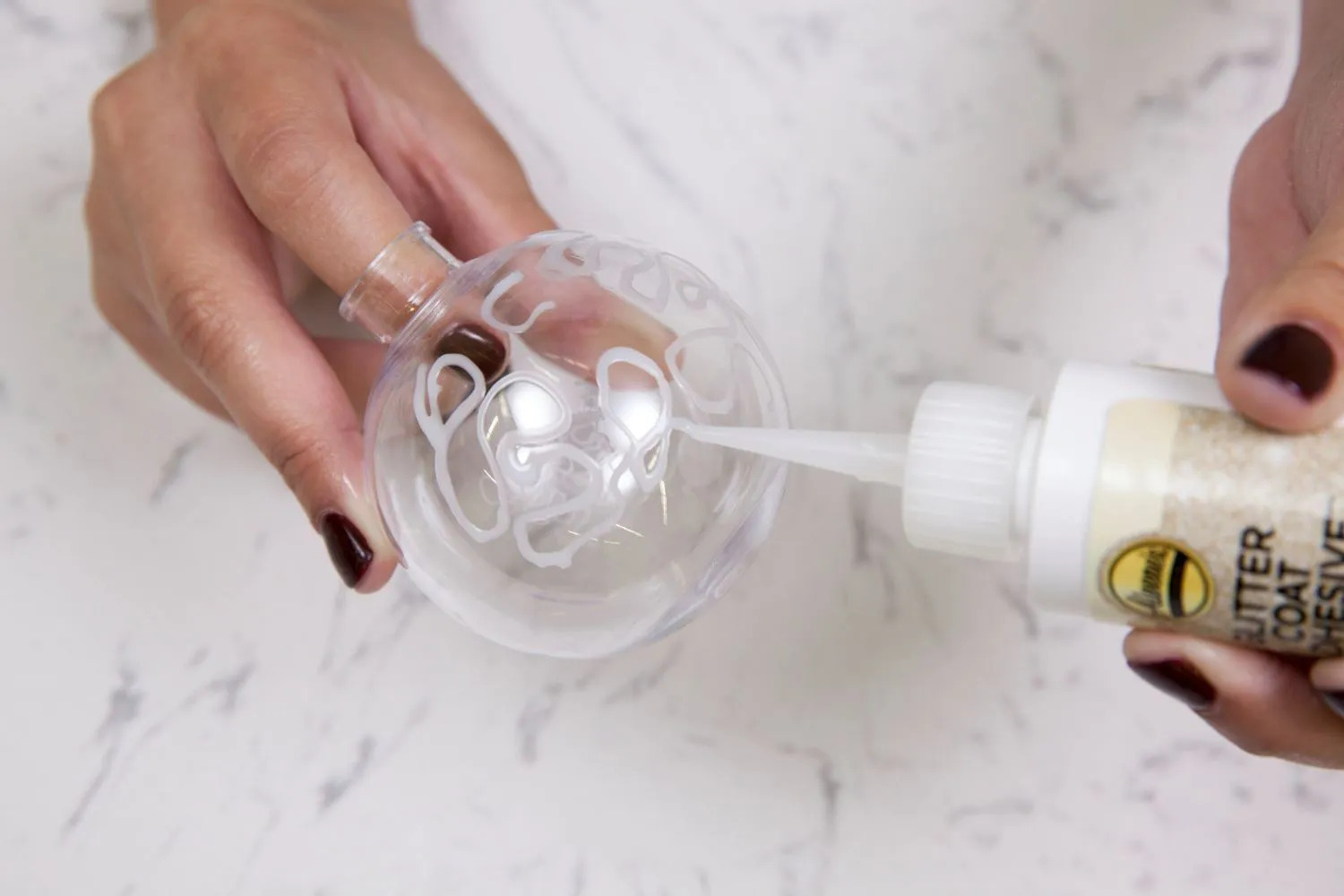
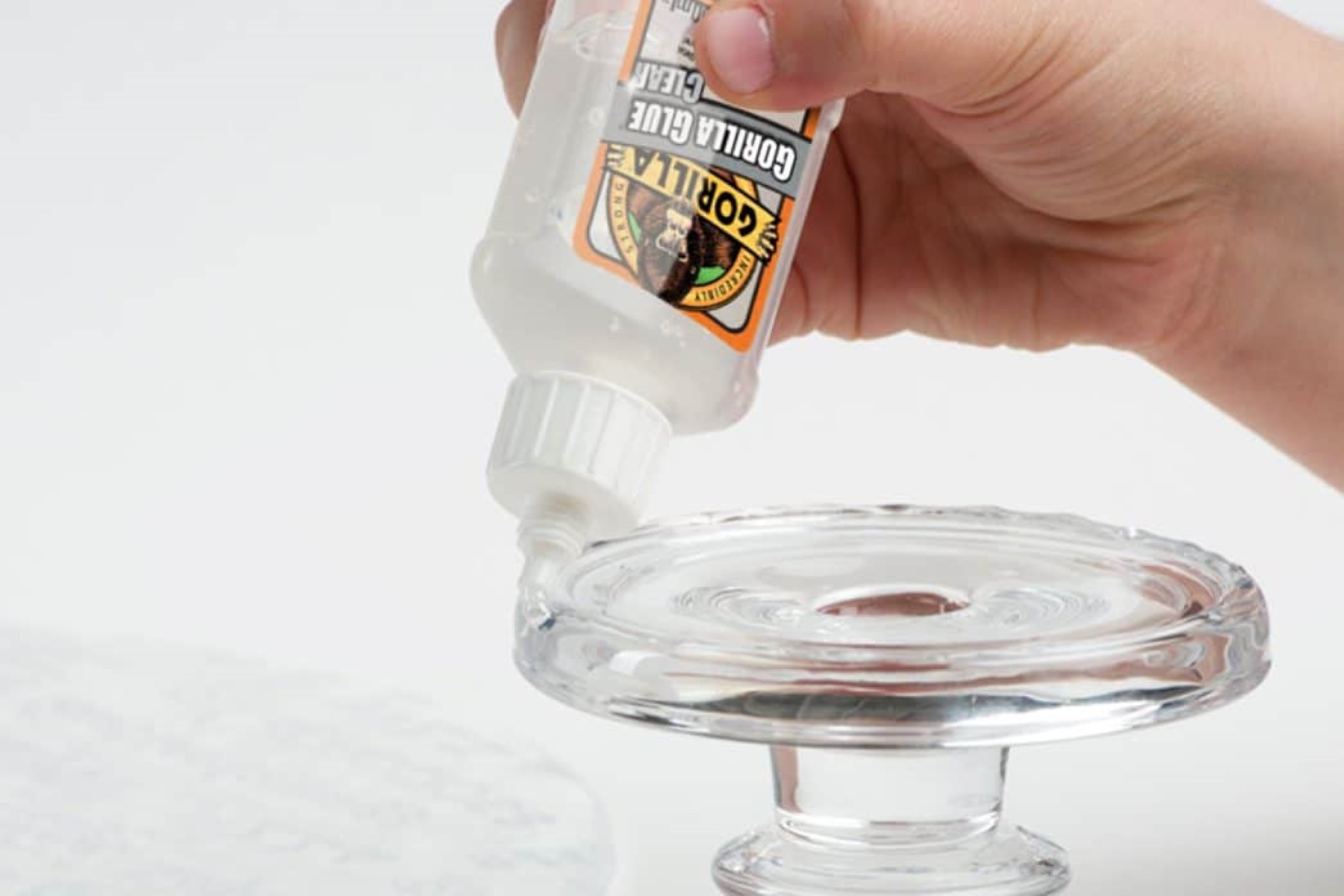
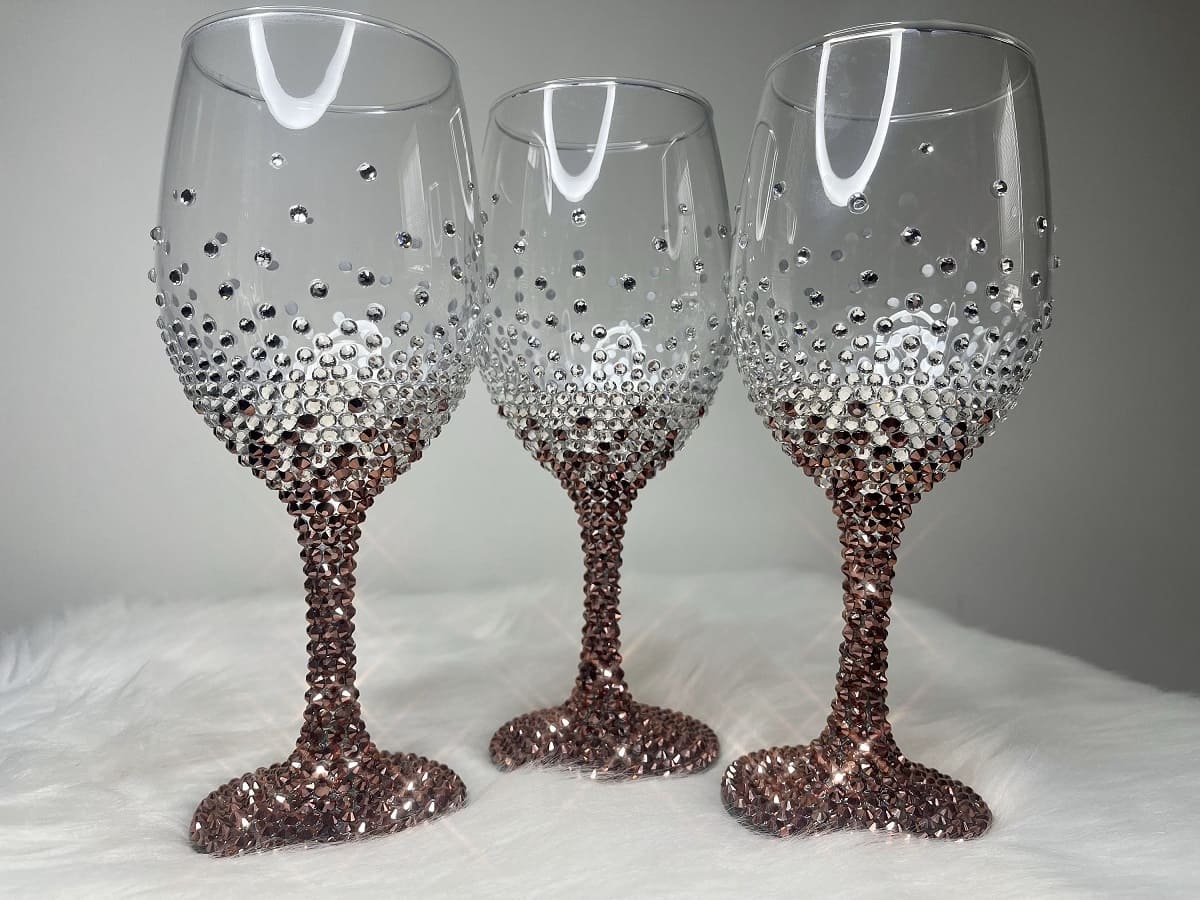
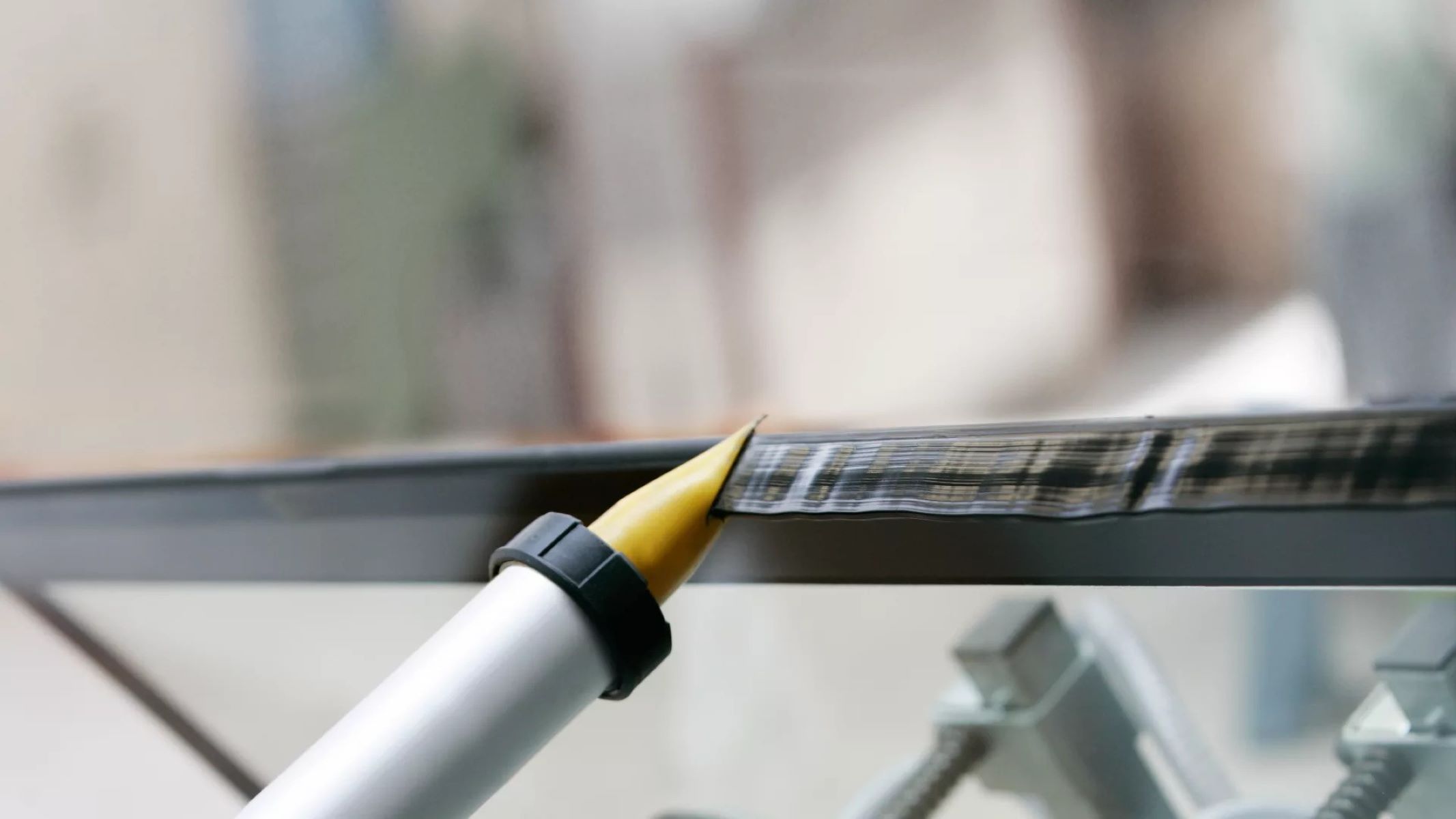
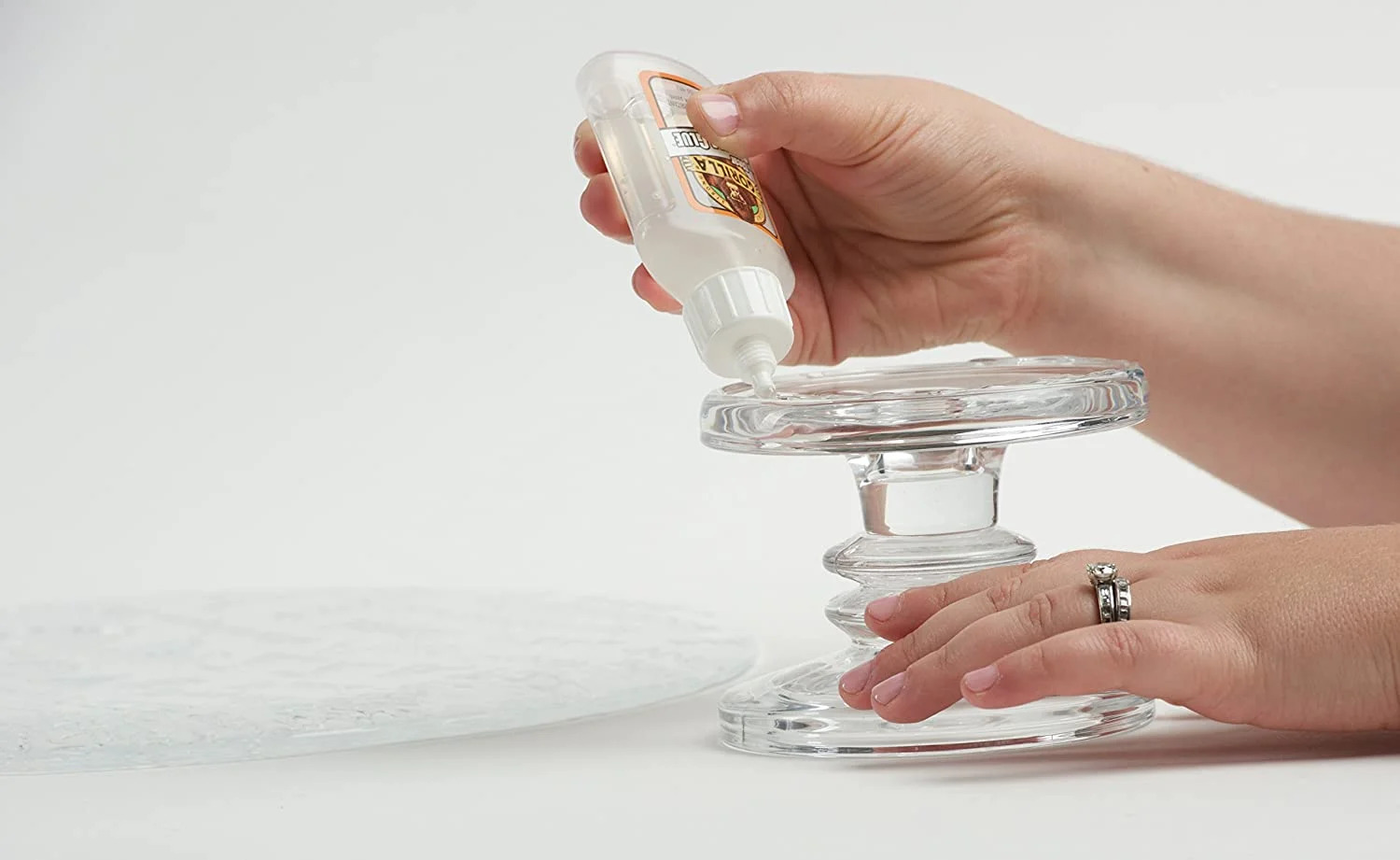
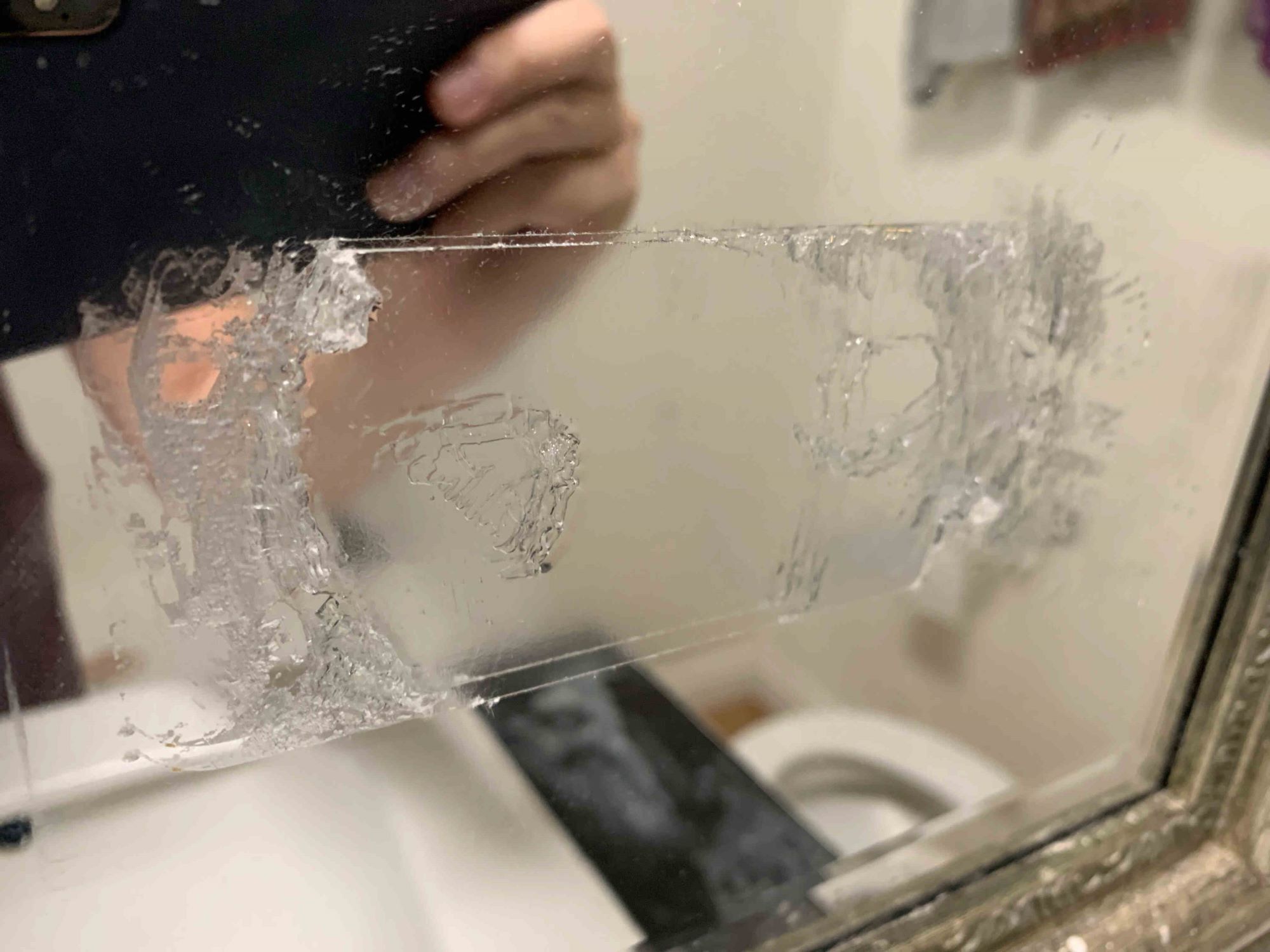
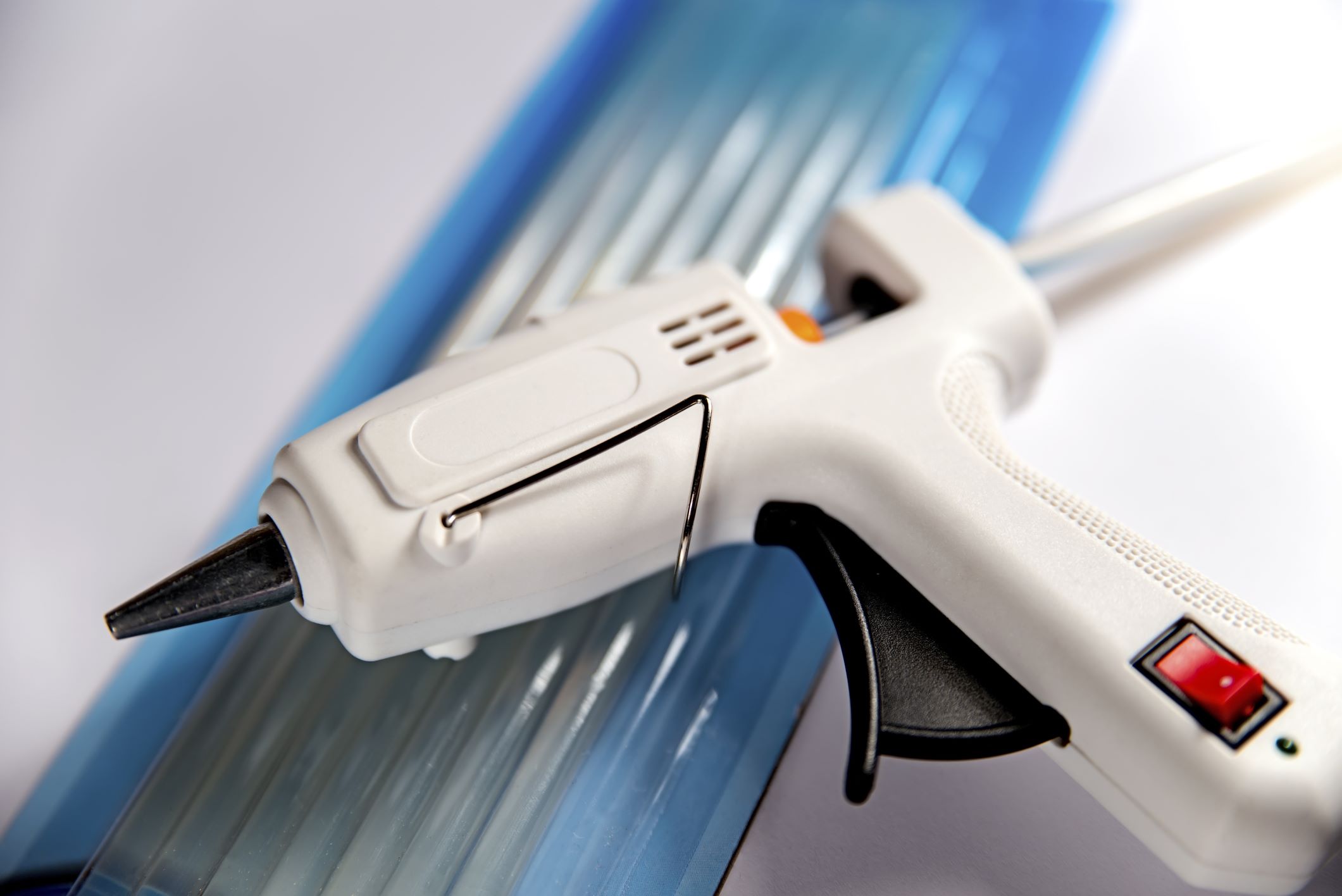
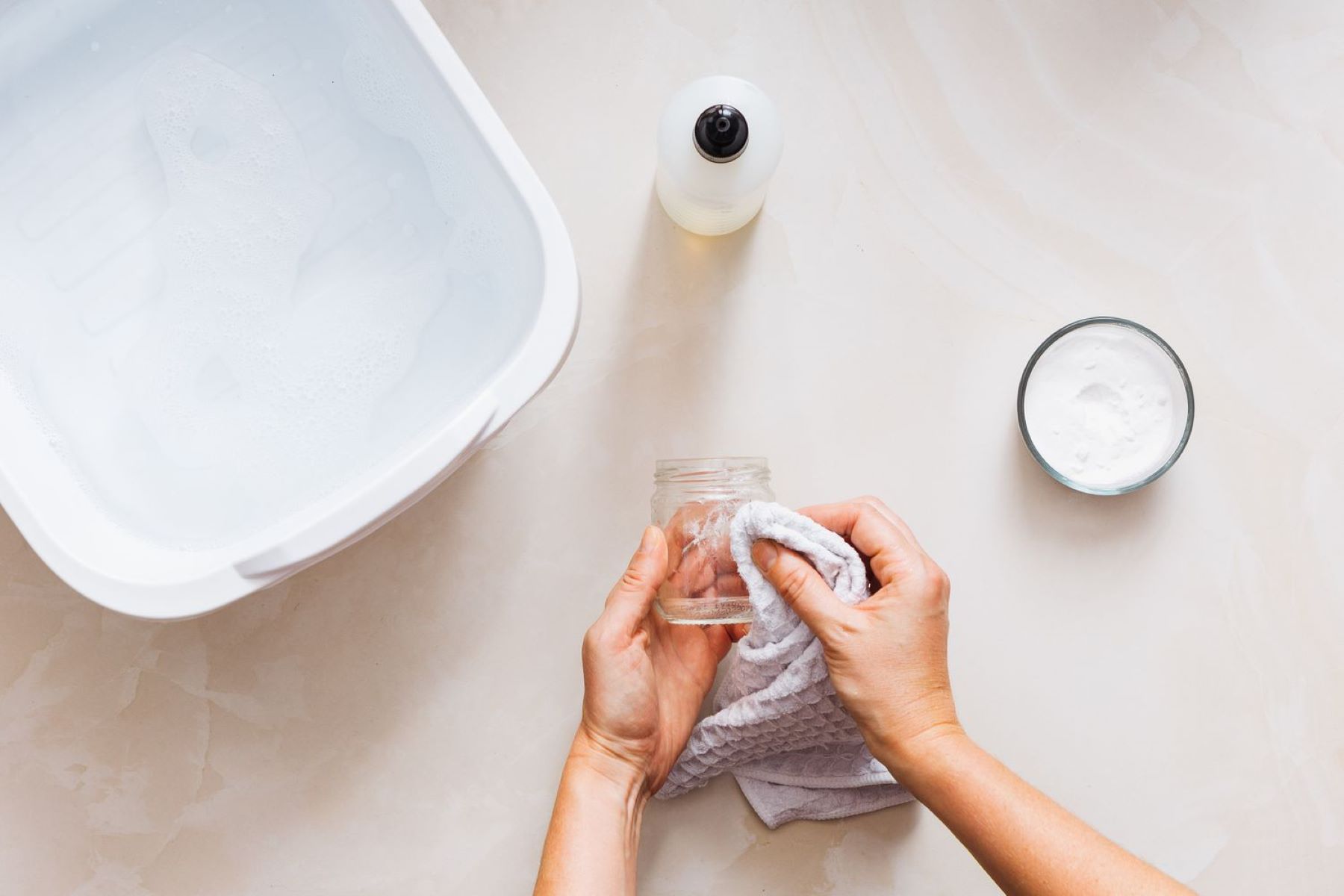
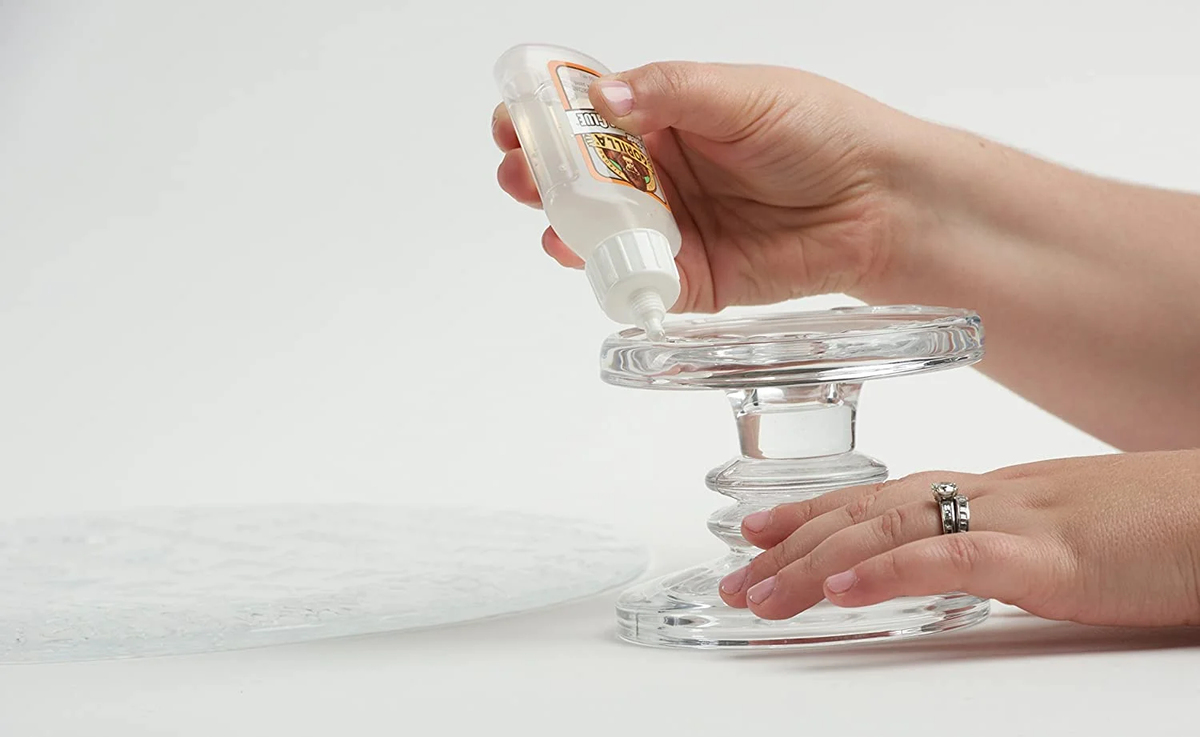

0 thoughts on “How To Glue Metal To Glass”